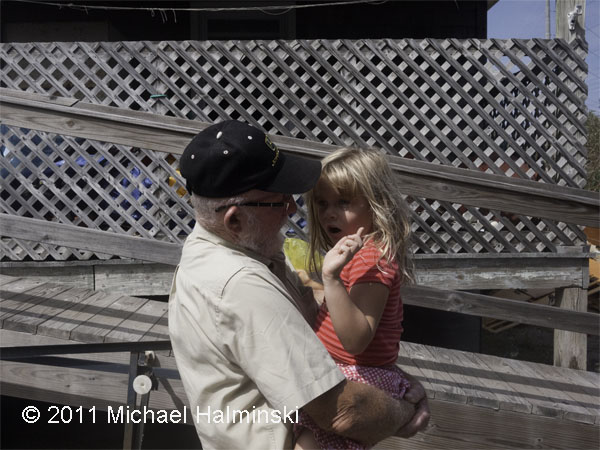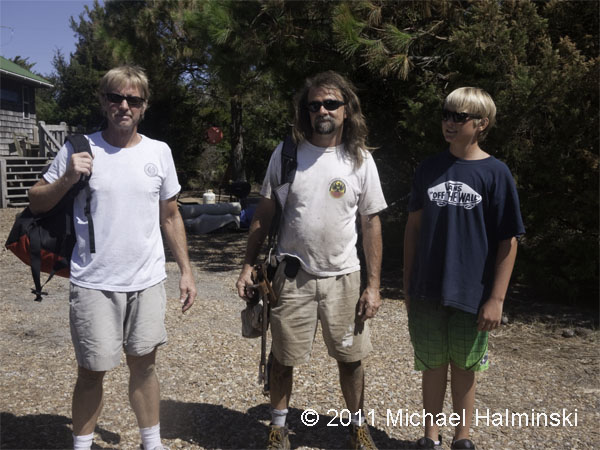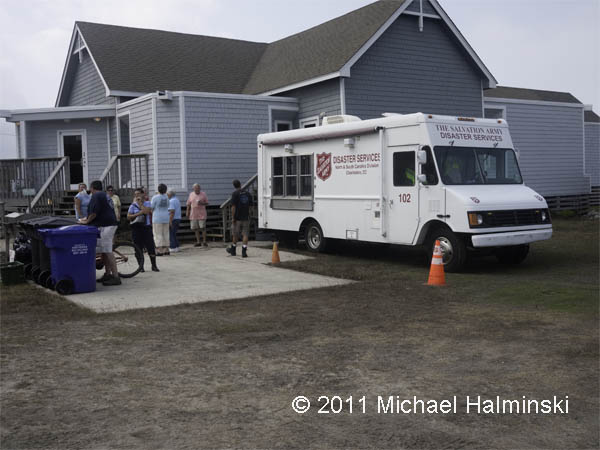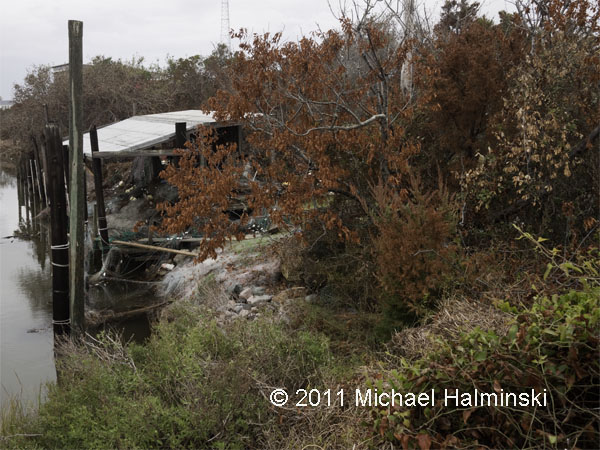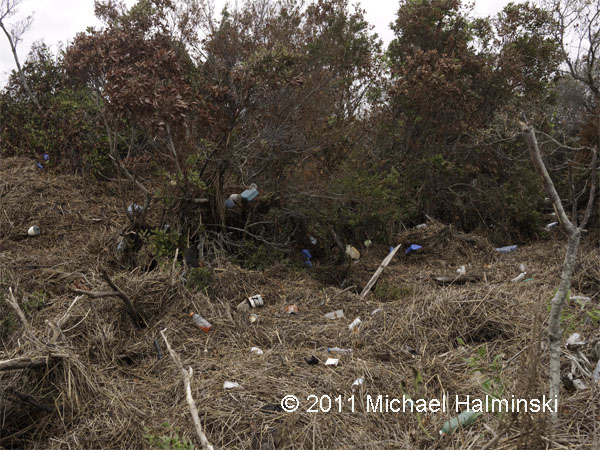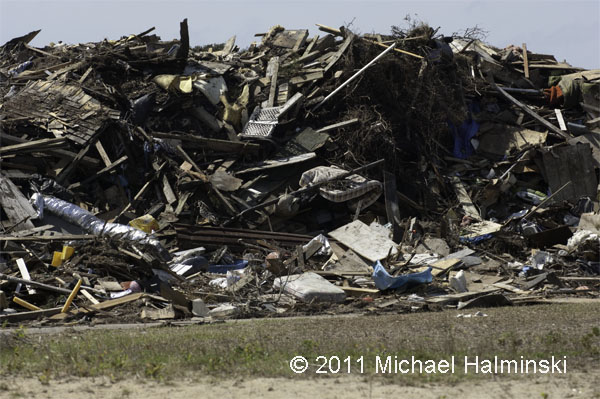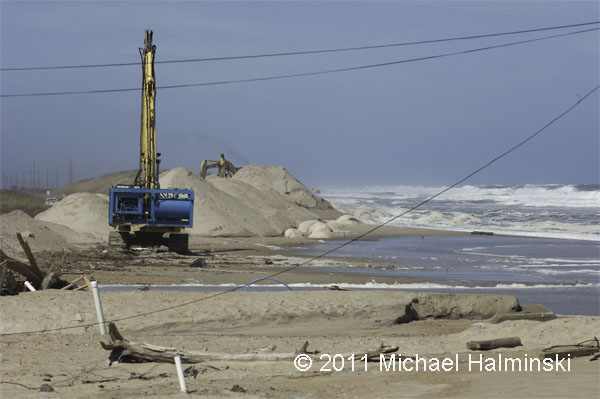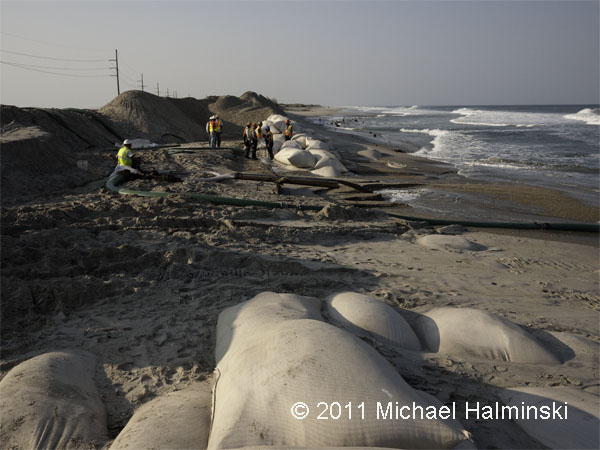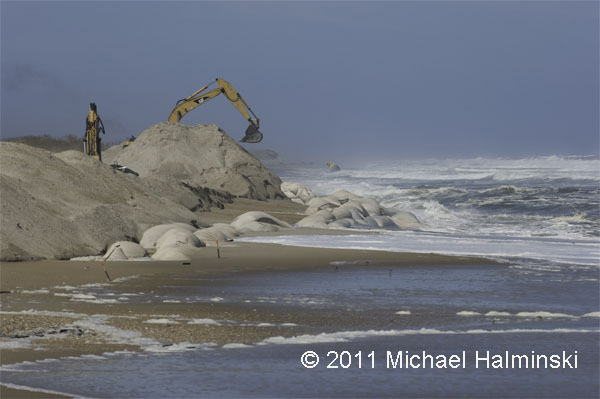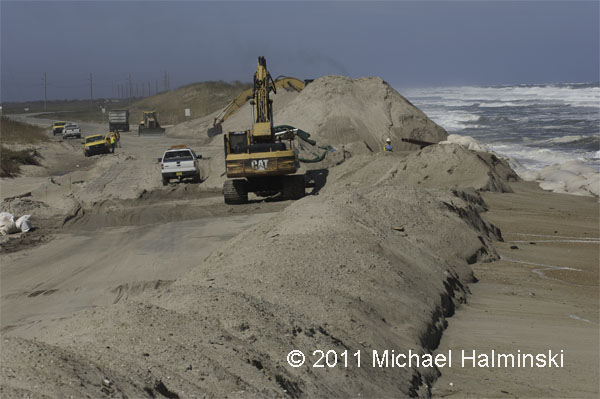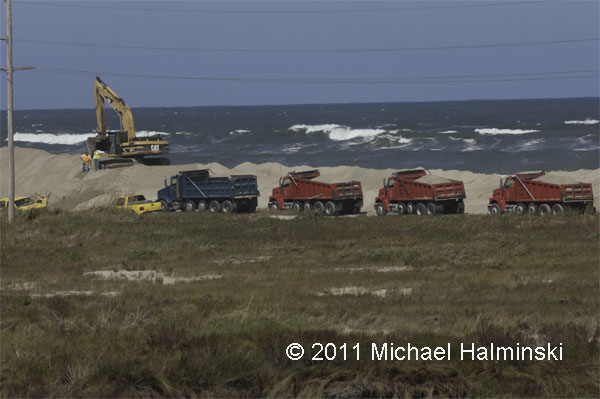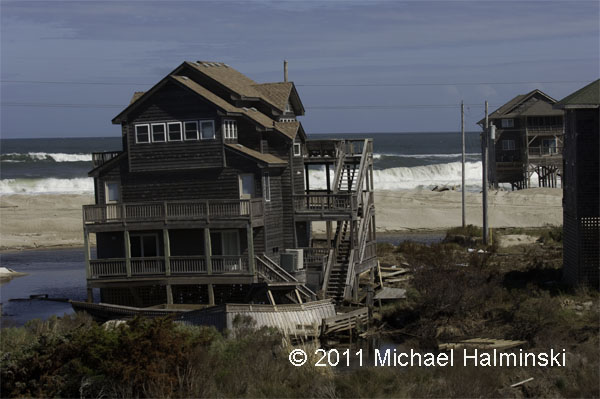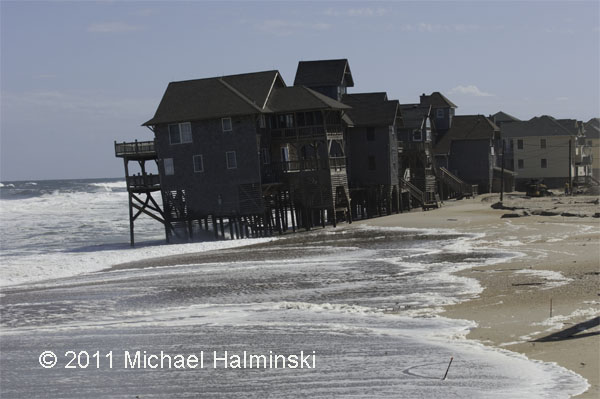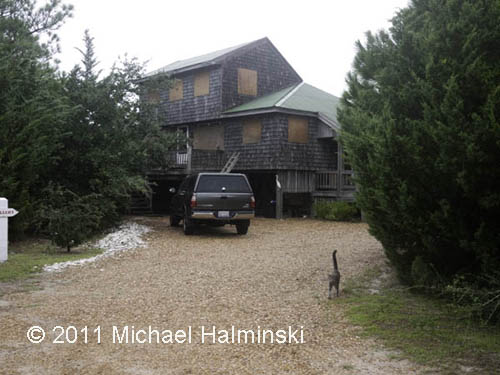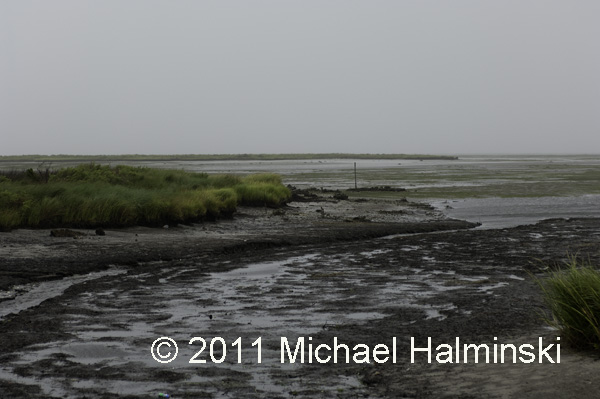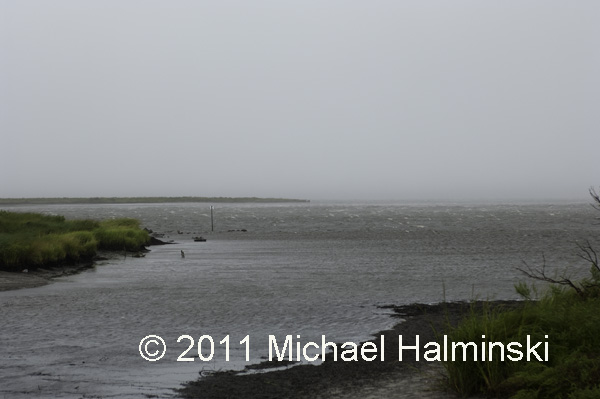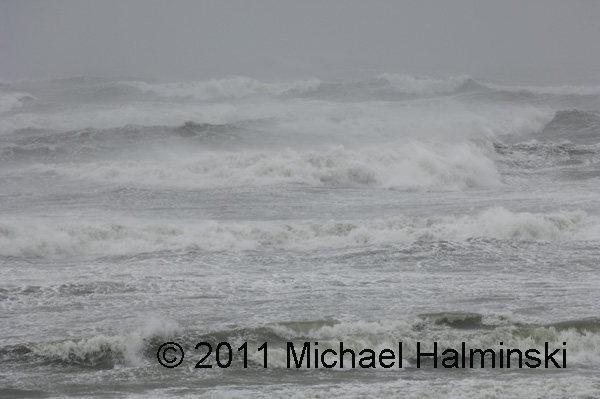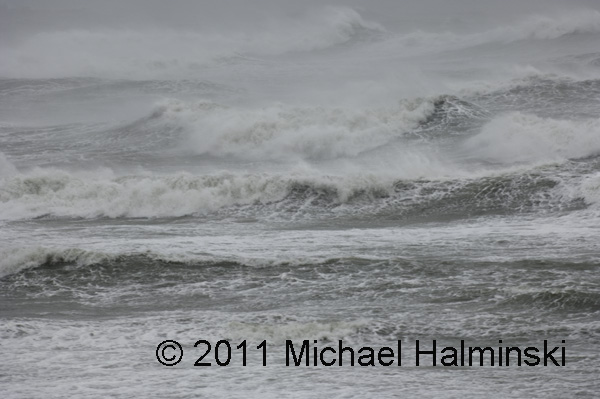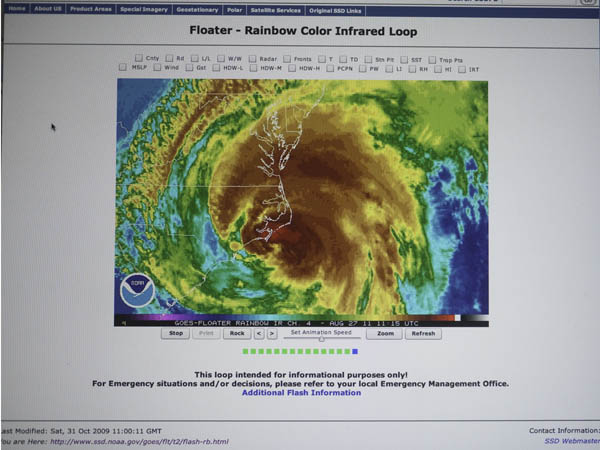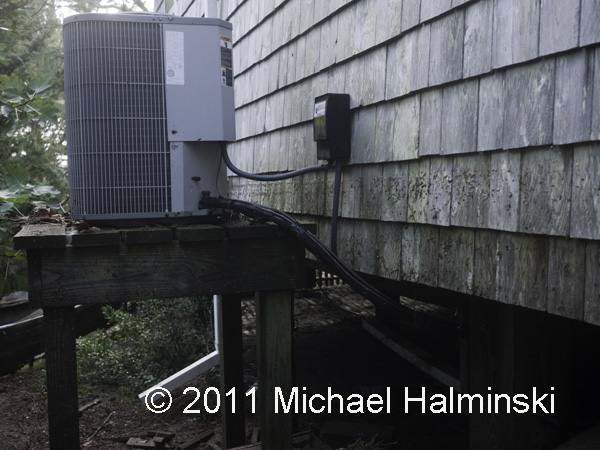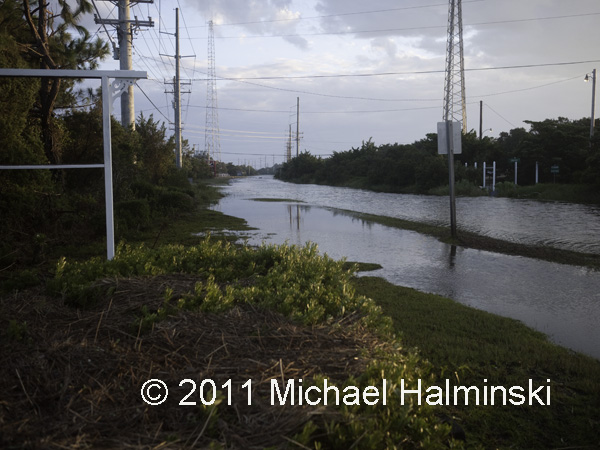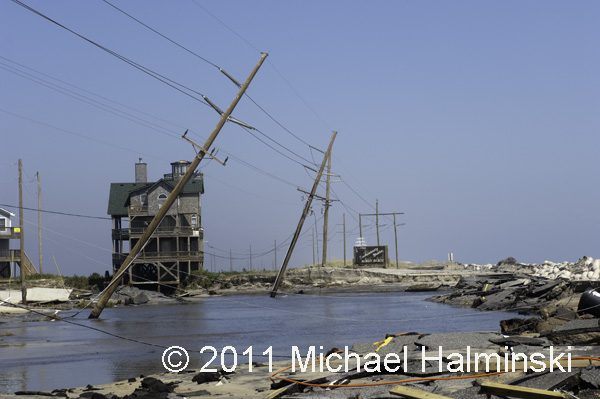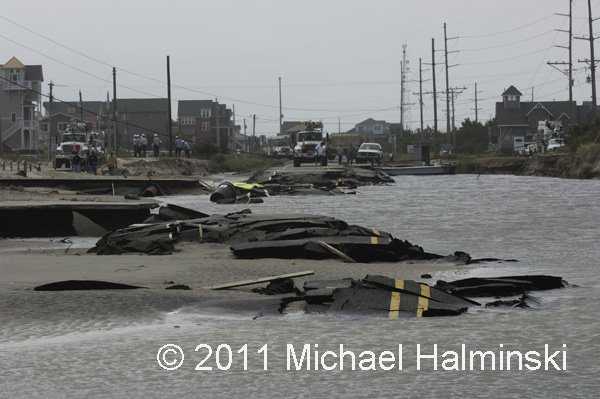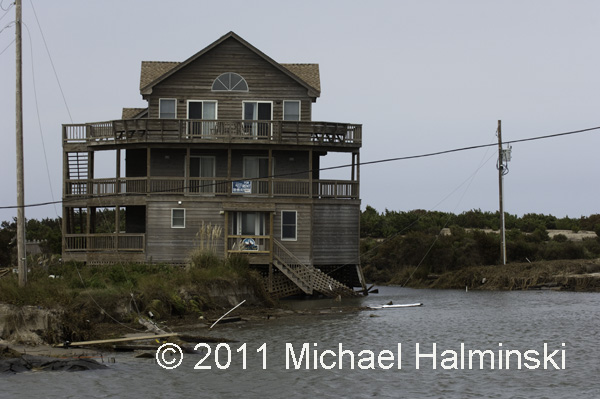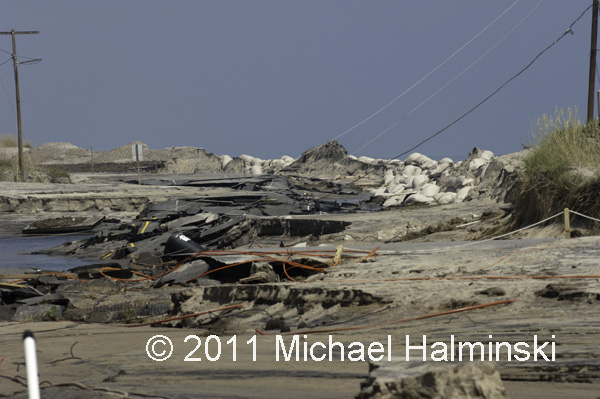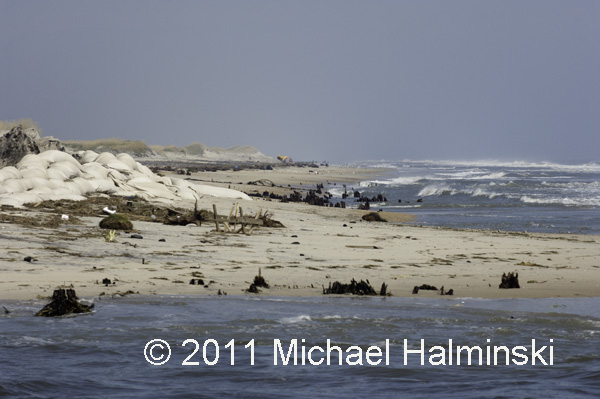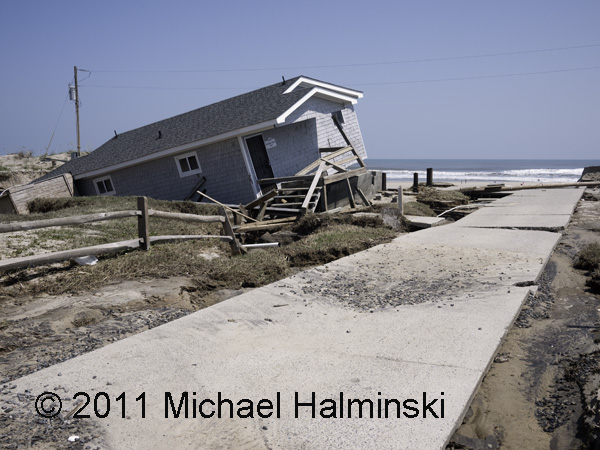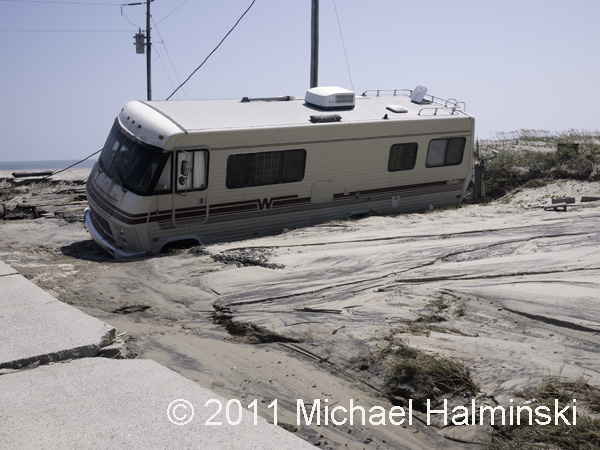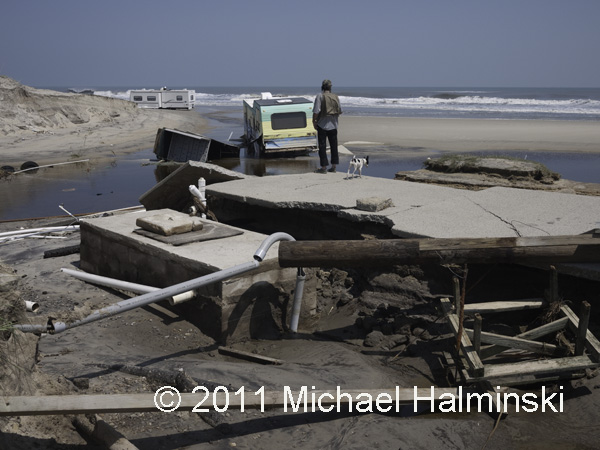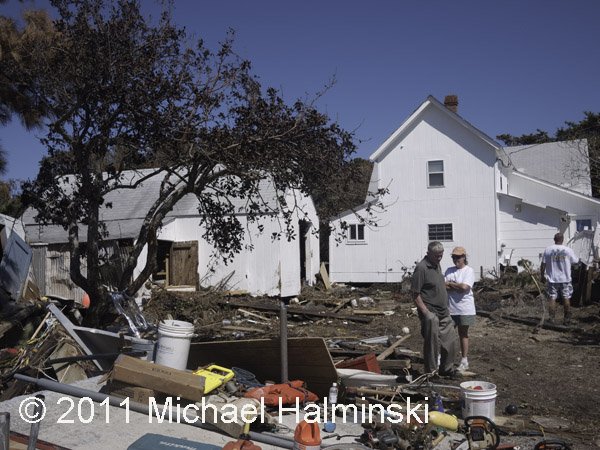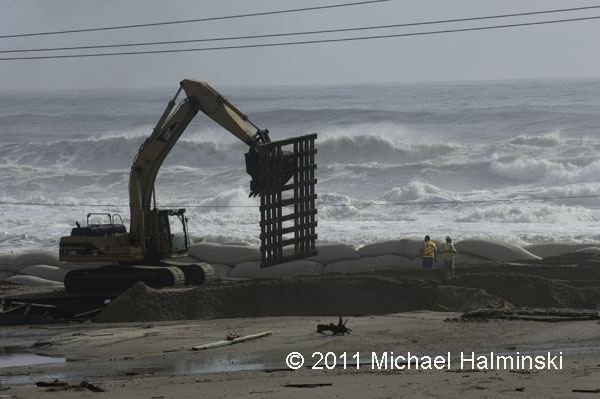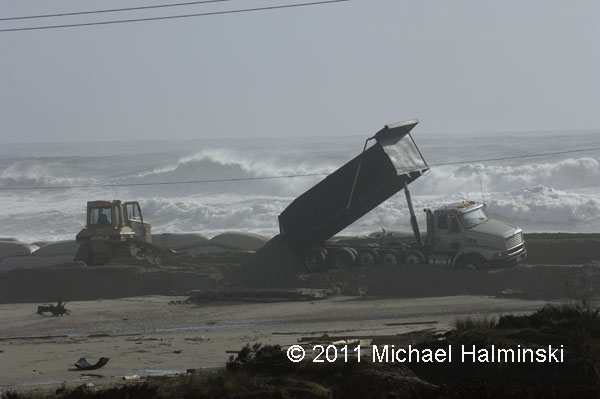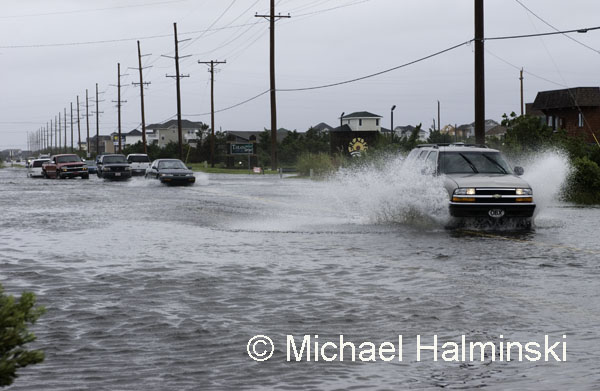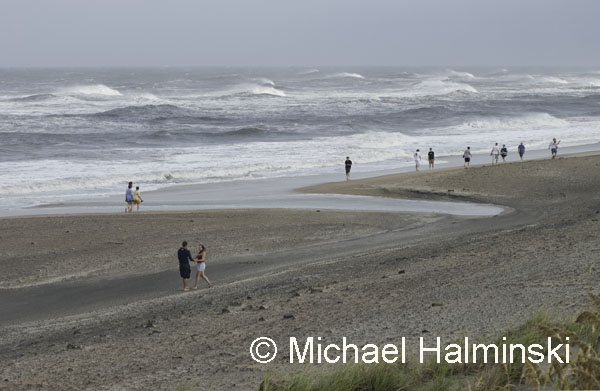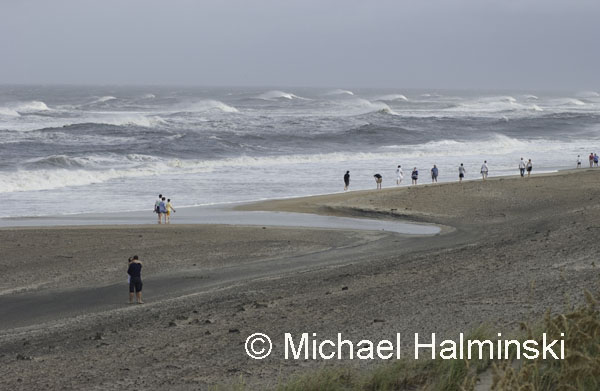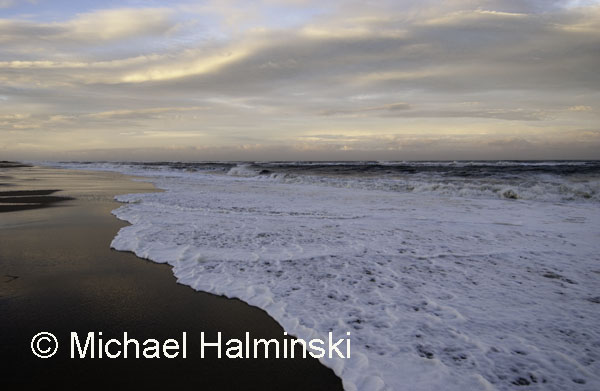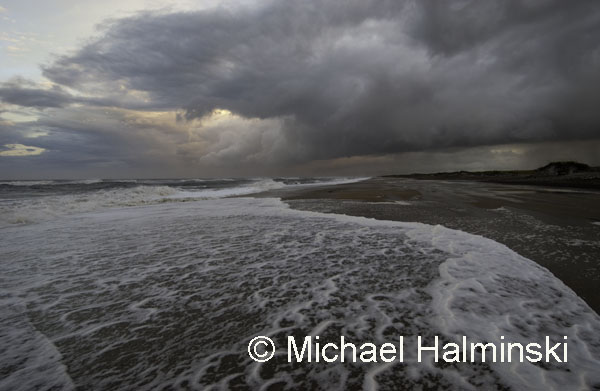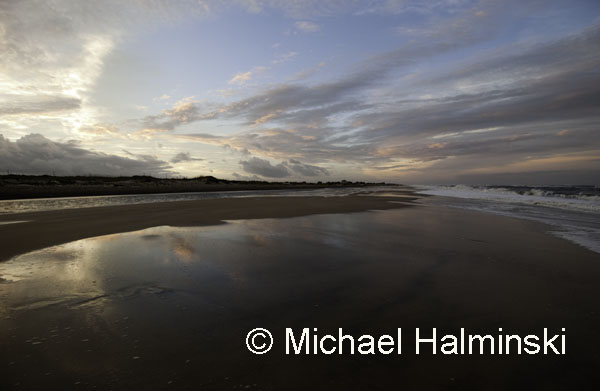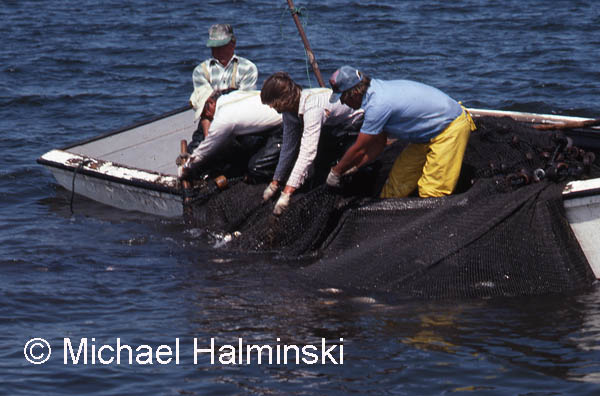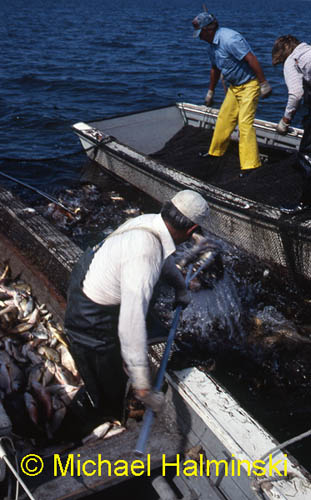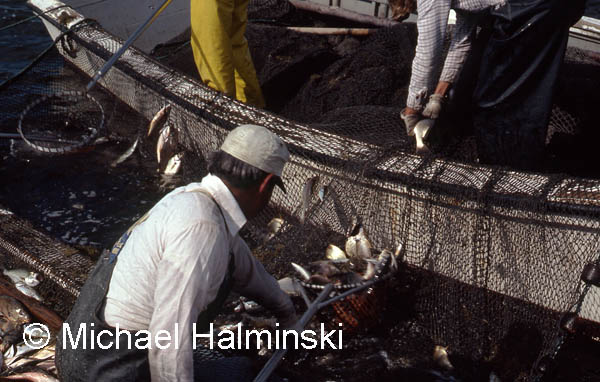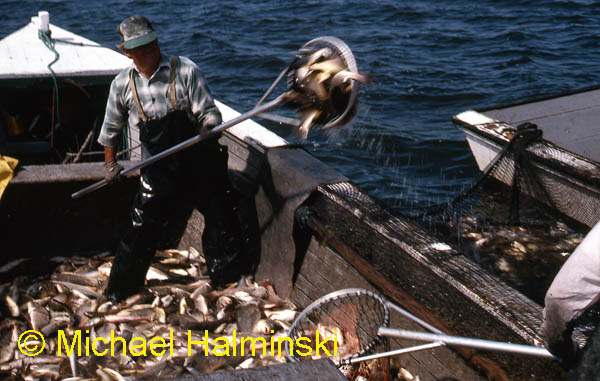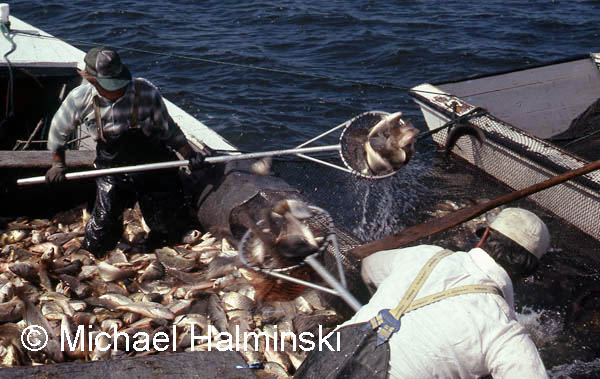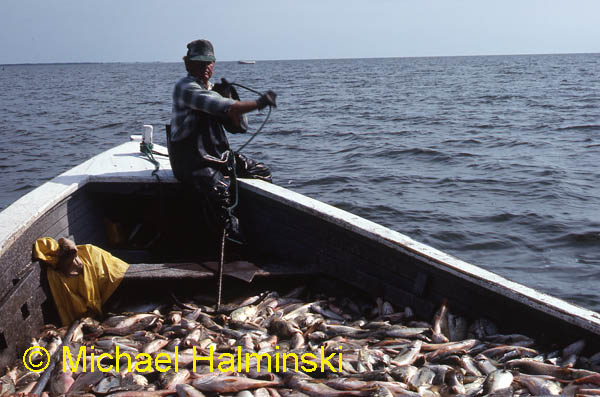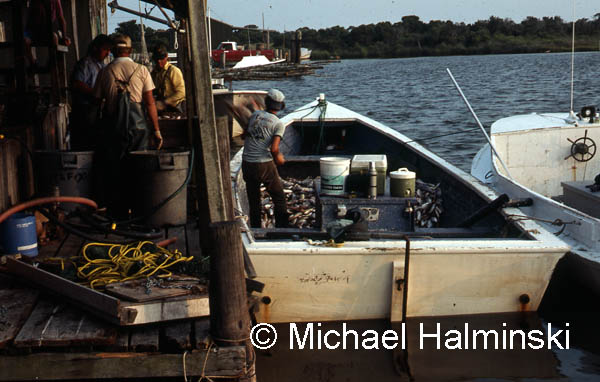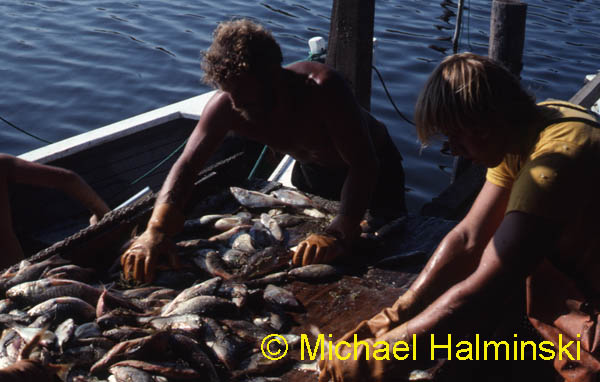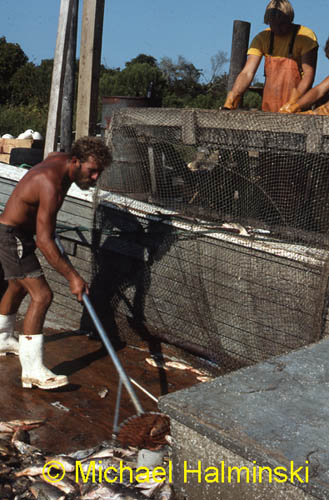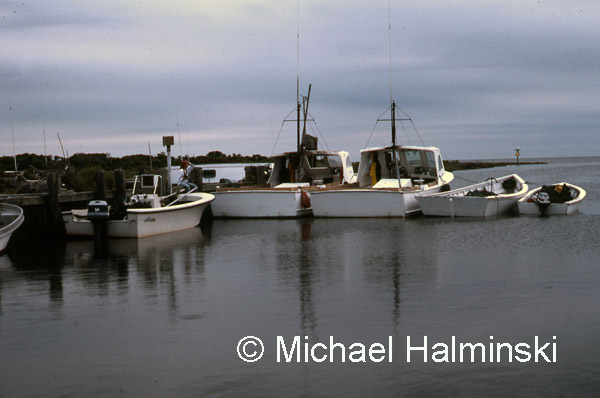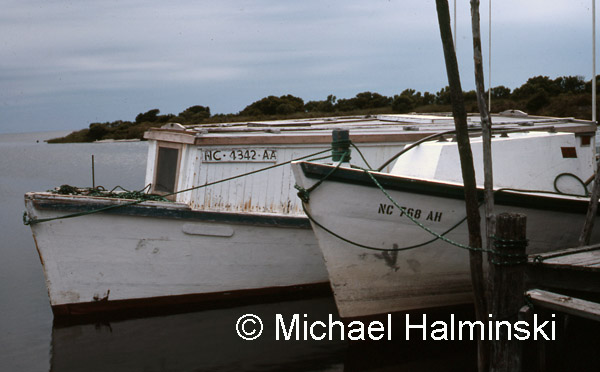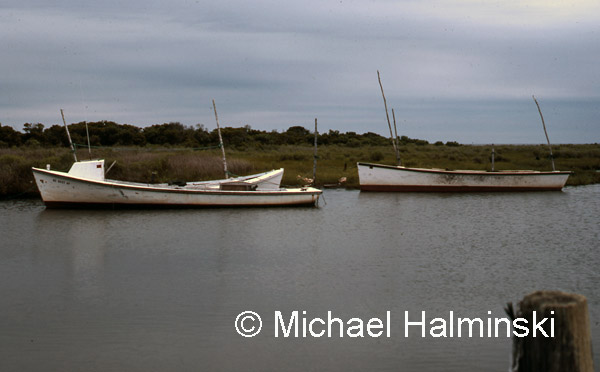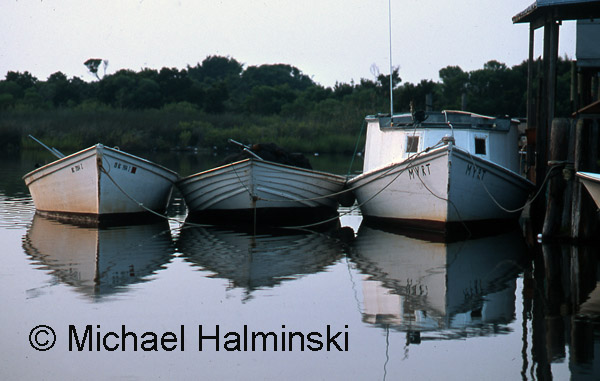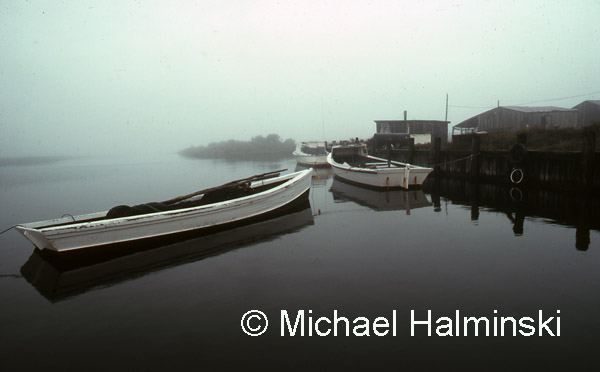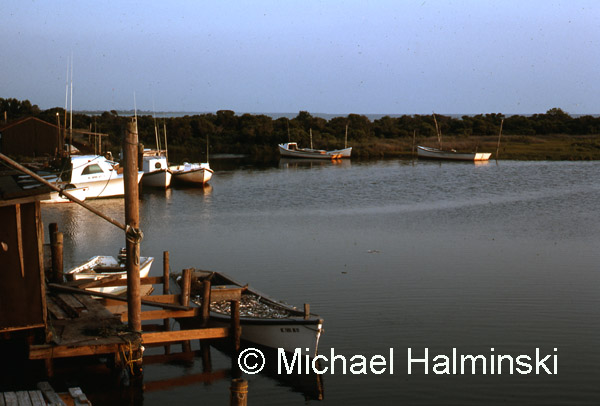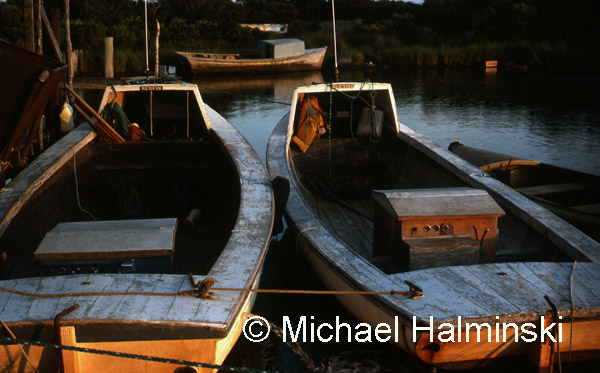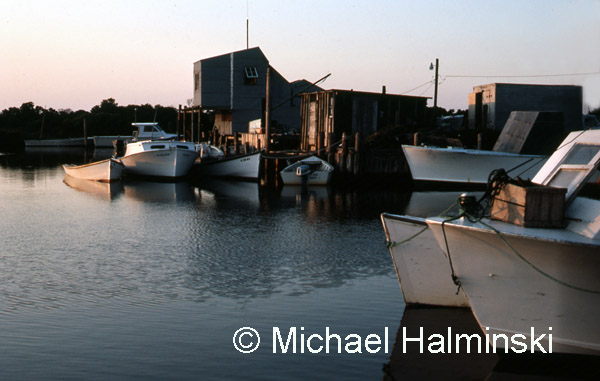The post storm recovery has been a unique experience. In many ways, it’s much more stressful than the storm itself. Hurricane Irene feels like it was just last week, pummeling the villages of Rodanthe, Waves and Salvo. The time of day and the day of the week are remote concepts. It is not business as usual. For me personally, I have experienced emotional highs and lows. One moment I see the devastation of my neighbors’ flooded homes, and then next, I’m witnessing people coming together with incredible support.
Right after the storm, I D Midgett was reunited with his grand-daughter, Bryanna. Both of their homes were inundated with sound tide, and are unlivable. Neighbors have opened up their homes to accommodate them, while they rebuild.
The Volunteer Fire Departments have been instrumental in maintaining everyone’s safety. Hours after the storm’s exit, they were out doing things like checking leaking gas tanks, and later, righting headstones in family cemeteries. Here, Tom Murphy and Jim Shimpach discuss recovery with a rescue squad worker.
Tombstones lay flat on the ground at the ravaged cemetery in the Salvo Day Use Area.
Then there are the volunteers from communities to our south. They came in droves offering a tremendous amount of manpower, stripping houses of water damaged materials, furniture, appliances and cleaning up tons of debris. Russell, Mole and Wolfie (above) drove up from Buxton to lend a hand. They were at my house tearing down plywood underpinning and wet insulation. Then they went on helping many others in need, for several days.
The Salvation Army was here almost immediately, bringing in food and supplies so desperately needed. Not only that but they always greeted us with smiles and uplifting spirits.
The North Carolina Baptist Men brought in portable laundromats and hot showers. And with the Salvation Army scaling back, the Baptist Men are preparing our hot meals every day. Yesterday two of them drove up to my neighbor’s house and offered to spray the underside of her floor to kill any mold that had started. Then they came over to treat the underside of my house, and after that to my other neighbor’s house.
All these selfless people are heros in my book. I could go on and on. From the Dare County Health Department giving out tetanus shots, to Tilghman Gray bringing up a load of fresh bluefish and putting on the best fish fry ever.
The vegetation that would normally be green this time of year, has turned a golden brown from harsh salt spray.
The rack line in the marsh behind my house is deep in washed-up debris.
The landfill at the day use area is enormous, and many of the rental homes have not even been dealt with yet.
A pile of lost hopes and dreams continues to grow.
And the battle for the S-Curve continues to be waged.
Building a line of large sand bags is a first line of defense.
Will man ever be able to tame Hatteras Island?
Weather permitting, the sand dike gets higher and higher.
One load gets dumped, and another empty truck runs to Avon for more sand. They must have trucked over 3,000 loads by now.
Meanwhile at Mirlo Beach, the future looks mighty grim.

